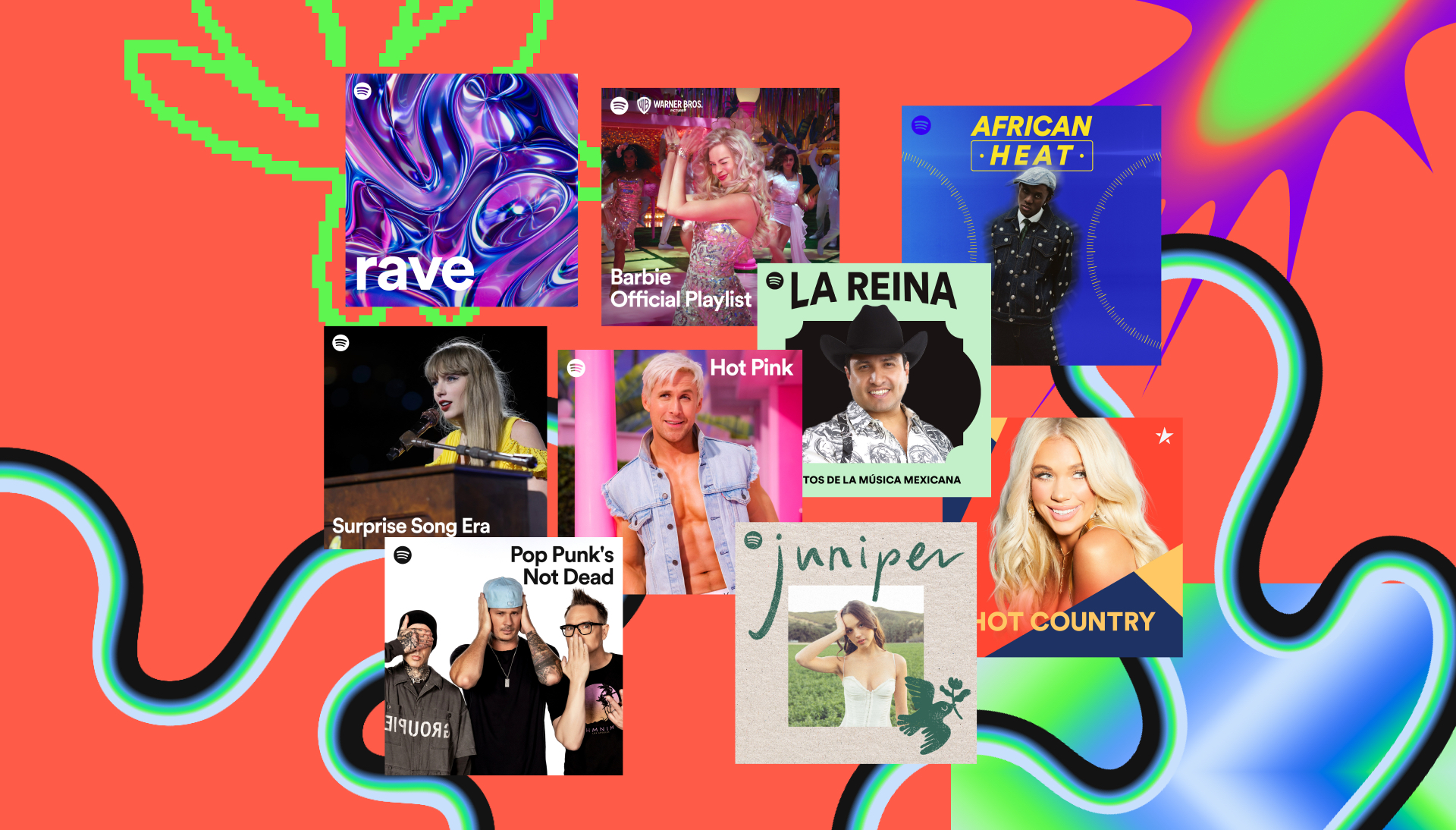Streaming platforms have revolutionized how we consume entertainment, offering instant access to diverse content across various genres. Yet, not all genres perform equally well in this digital era. While some genres thrive, attracting massive audiences, others struggle to gain traction. This disparity can be attributed to factors like audience preferences, platform algorithms, cultural trends, and production dynamics. Understanding why certain genres dominate streaming services provides insights into consumer behavior and the evolving entertainment terrain. Let’s explore the key reasons why some genres enjoy more popularity on streaming platforms than others.
1. Audience Engagement and Binge-Watching Culture
The rise of streaming has encouraged a binge-watching culture, where viewers prefer content that keeps them hooked for extended periods. Genres like drama, thriller, and mystery naturally lend themselves to this trend, as they often feature cliffhangers and multi-layered narratives that encourage continuous viewing. Serialized storytelling found in crime dramas and fantasy epics, for example, compels audiences to stay engaged, leading to higher completion rates and platform recommendations. In contrast, stand-alone genres like procedural crime shows or anthology series may not create the same level of sustained engagement, making them less dominant in the streaming space.
2. Algorithmic Recommendations and Platform Prioritization
Streaming platforms rely heavily on algorithms to suggest content based on user behavior and watch history. These algorithms favor genres with higher watch times and repeat viewing, which boosts their visibility. For example, comedy specials and animated sitcoms, such as stand-up performances and adult animation like Rick and Morty, often appear prominently because they encourage rewatchability. On the other hand, niche genres such as experimental indie films or foreign arthouse cinema might struggle to gain visibility due to lower watch times and less widespread appeal. Platforms prioritize content that keeps users engaged for longer, reinforcing the popularity of already trending genres.

3. Production Costs and Content Availability
The financial aspect of content creation also influences genre popularity on streaming services. High-budget productions, such as action-packed sci-fi and superhero series, often attract significant investment from streaming platforms due to their global appeal and franchise potential. These genres generate hype and retain subscribers, making them a lucrative choice for production companies. Conversely, genres like historical dramas and documentaries, which require extensive research and costly production, may see fewer releases despite having dedicated audiences. The availability of fresh content within a genre plays a crucial role in maintaining its presence on streaming platforms.

4. Cultural and Generational Trends
Changing cultural dynamics and generational shifts also shape genre preferences. Younger audiences, who form a significant portion of streaming subscribers, gravitate towards fast-paced, easily digestible content such as reality TV, true crime, and fantasy series. Social media further amplifies this effect, as viral discussions and memes drive more viewership toward specific genres. Older generations, meanwhile, may prefer traditional dramas or classic films, which are often less aggressively marketed on digital platforms. As cultural trends evolve, certain genres gain prominence while others fade in popularity, demonstrating how audience demographics directly impact streaming trends.


